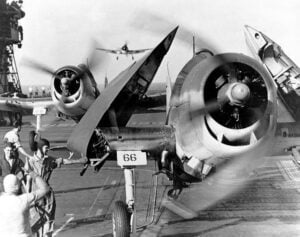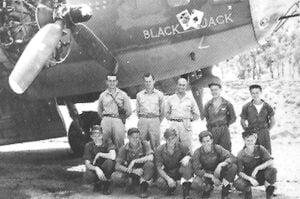Shot Up Over 200 Times, His Plane Was Doomed — Yet He Survived
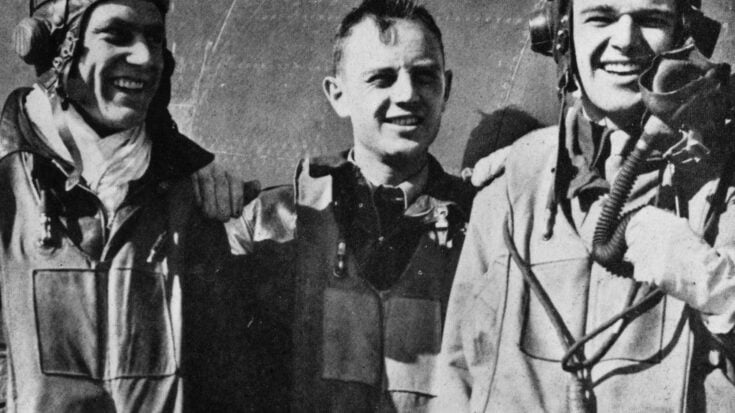
A Deadly Encounter
June 26, 1943. Capt. Robert S. Johnson of the 56th Fighter Group climbed into his P‑47 Thunderbolt over northern France, expecting another escort mission. Nothing about that flight suggested it would turn into one of the most remarkable survival stories of the war. His fighter, although rugged and capable, was about to endure a pounding that should have ended its flight, and his life. The enemy formation of Focke‑Wulf Fw 190 fighters found the Thunderbolt and unleashed cannon and machine‑gun fire. Johnson felt his aircraft shake, metal peel, and vital systems give way.
As the bullets and shells tore into his plane, more than 200 holes would later be counted in the airframe. He was wounded, bleeding, and the P‑47 was severely damaged. The canopy jammed, the hydraulics failed, parts of the armor plating were hammered, and the engine kept running. Somehow, Johnson kept it in the sky. He fought the controls, nursed his plane back across the English Channel, covering more than 200 miles to reach friendly territory. Each mile was a test of will and skill.
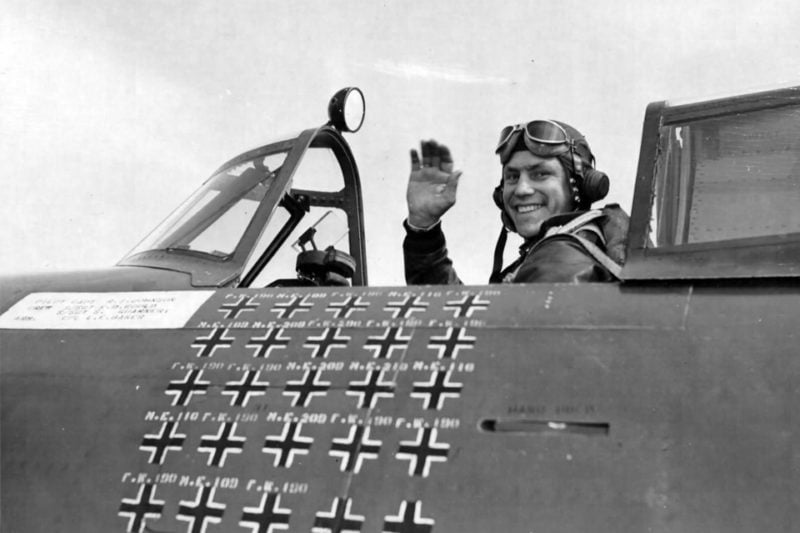
The Aftermath and Analysis
Back on the ground, Johnson looked at his aircraft and saw the damage in full: cannon shells had struck the armor plate near his head, metal twisted behind the cockpit, and the propeller was holed. He later described the cockpit area as “a sieve.” Yet his plane had held together long enough to bring him home. He would be grounded for treatment, but his combat record would go on to reach 27 enemy aircraft destroyed. His survival that day spoke not just of his skill, but of the P‑47’s rugged design and his refusal to give up.
Historian interviews and pilot memoirs quote Johnson saying he had never felt such pure fear, and yet he acted. One moment he was locked in a deadly fight, the next he was cutting across the Channel in a crippled fighter, thinking only of getting home. On the ground, engineers studied his aircraft, mechanics noted the holes, and squadron mates told his story. It became a symbol of what could happen when a pilot faced overwhelming odds and managed to overcome them.
Context and Impact
The 56th Fighter Group was flying escort missions for heavy bombers deep into German‑held airspace. Their P‑47s were chosen for their firepower and durability. Johnson had entered combat earlier that year and was already learning to deal with high risk and fast jets. On that June day, his aircraft’s performance and survival were dramatic proof of both pilot and machine meeting extreme conditions. The German Fw 190 fighters were among the best Allied pilots faced. That a Thunderbolt survived such an attack added to its reputation.
After the incident, Johnson’s plane was written off, but his own career continued. He became one of America’s most successful fighter pilots in the European theatre, credited with 27 kills. His experience that day underscored a larger lesson: even when technology gives one side an edge, war still comes down to pilot skill, aircraft durability, and quick thinking in crisis. Mechanics and engineers would reference his flight when discussing aircraft toughness, while airmen would tell the survival story as inspiration.
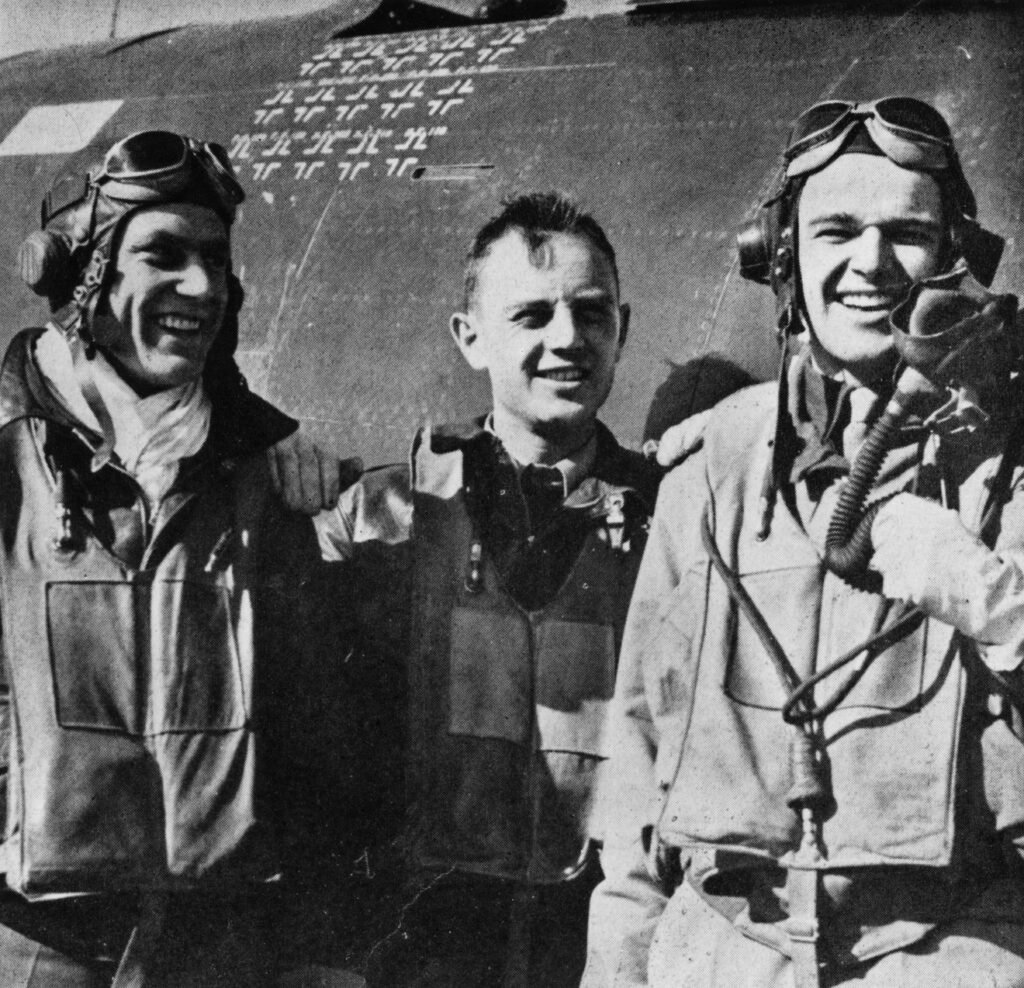
Memory and Lessons
Years later, Johnson reflected on the flight and what it meant for him and his comrades. He said that returning to England after surviving such damage made him respect both his plane and his luck. For the P‑47’s makers and maintainers, the flight became a case study in combat resilience. Pilots who flew the Thunderbolt after him knew the story and used it as a benchmark for what the aircraft could survive. The incident shows how one moment in the sky can rewrite what is possible.
For historians and enthusiasts, Johnson’s flight on June 26 stands out as more than just a successful outcome. It shows how technology, human will, machine design, and sheer chance all play a role in survival. His fighter should have crashed. It didn’t. He should have died. He didn’t. The skies of Europe in 1943 were brutal. That day he came back. The story remains.













